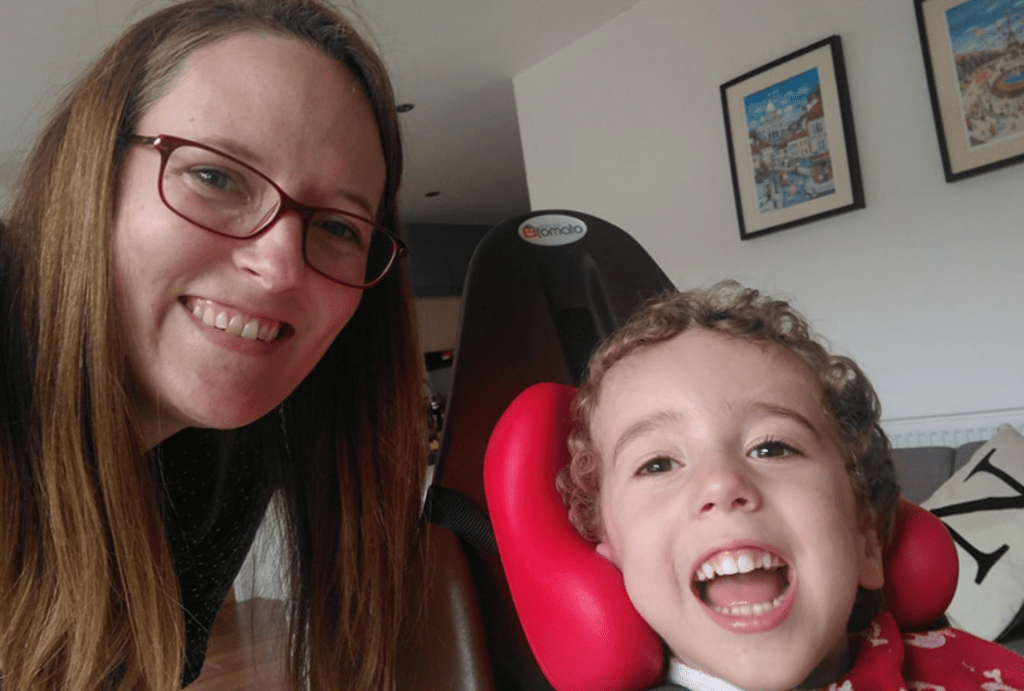Smartbox talk about what you can expect to learn about during their exhibition slot at Venue to Virtual 2020, launched by the Kidz to Adultz Team at Disabled Living.
Smartbox creates assistive technology to help children and adults with disabilities communicate and live more independently.
All our communication aids are powered by Grid, our software for AAC (augmentative and alternative communication). With Grid you can communicate, control your environment and access your computer. It includes a wide range of robust resources for people of all ages with different levels of literacy.
Join our virtual presentation to hear more about us and our products:
10:00am (GMT) Thursday 12 November
– Kerry Vacara introduces Grid, and how to use Super Core to communicate with symbols
– Adam Waits introduces Grid Pad 15, our latest dedicated communication aid
– Keira Fewtrell introduces Grid for iPad, our app for AAC
Find out more and contact us at thinksmartbox.com, your questions are always welcome.
Smartbox blog: modelling with AAC

What is modelling?
We receive lots of questions from families, carers and professionals about the big M, modelling! Whether people are asking ‘what is modelling?’ or ‘how do I do it?’ to having concerns such as ‘I feel nervous… I think I’m going to do it wrong’.
We thought it might be useful to break modelling down and answer these questions with the help of Daisy, our Head of Content and Austin, who uses AAC.
First up, what is modelling? Modelling is essentially showing someone how something is done. It’s demonstrating how to use AAC by participating and using an AAC device yourself. Modelling and showing is also sometimes called aided language stimulation.
When children learn to communicate using natural speech we all model without even realising it! We show them how to communicate by talking around and to them using our own speech all the time. People learning to use AAC don’t have the advantage other learners have of seeing speech being demonstrated every hour of every day. This is why modelling can be so important, to show a child how to communicate using their method.
Prepare your communication tools
You can start modelling anytime using a high tech device or paper based communication boards. We have some ready made A4 boards you can print at home from our Super Core symbol vocabulary, simply visit the Super Core page and scroll down to download your pack of boards.
Choose a time
When you get started, it may help you to build confidence by choosing a daily activity, such as when playing a favourite game, or at dinner time. and beginning there.
Start showing
As you talk, simply point to (or select if you’re using a high tech device) key words alongside what you are saying. For example, if you are blowing bubbles you may say ‘oh look, there are more bubbles!’ yet you can point to only ‘more’ and ‘bubbles’ on your grid. Everyone acquires language gradually and it’s useful to concentrate on the key words that enable you to go your point across. When we learn spoken language we do this and learning to communicate using AAC follows the same principles.
Show some more!
Involve family members and friends, start using your AAC tools at more points in the day and don’t be afraid to make mistakes – everyone makes them, just keep talking through what you are doing. If you’re struggling to locate a word, say ‘hmmm, I’m struggling to find the word ‘more”. Aside from teaching how AAC works, there is evidence to show that modelling with family and peers encourages young people to engage with AAC.
Modelling AAC in action
In this video you will meet Austin and Daisy. When the clip was filmed Austin was just starting to use his device and choose what he would like to say using eye gaze. Daisy is a speech and language therapist as well as our Head of Content!
Next steps
Read Daisy’s blog on Simple AAC for more hints and tips for putting modelling into practise!
People learn in lots of different ways and modelling is just one strategy to have in your toolkit. The Simple AAC framework introduces eight other ways you can support early AAC users to develop their communication.


Comments are closed